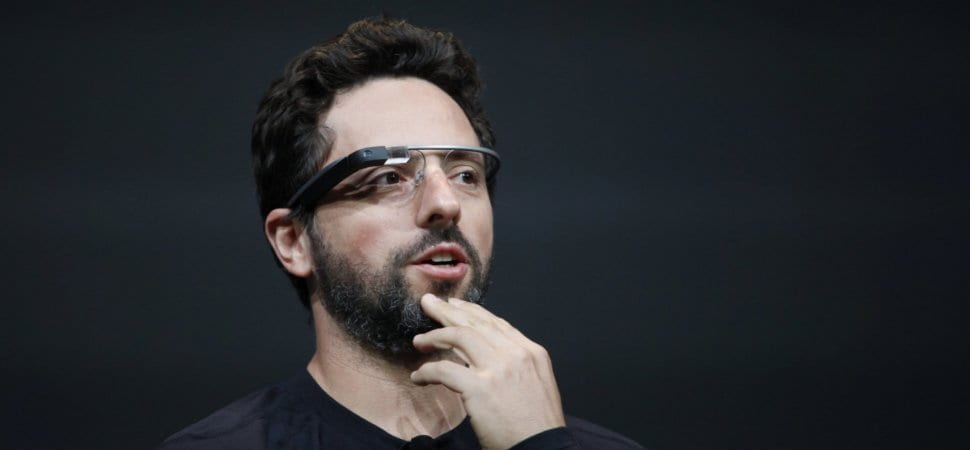The #GoogleGlass
What is Google best known for? Probably its search engine, napping pods for its employees, and giving your friend a summer 2020 internship in their software engineering department. What is it not known for? The Google Glass. The Google Glass was a creation first unveiled in April of 2012, when it boasted its ability to be the first “computer and camera on your face” and failed to acknowledge its many prominent issues. First: it has no fashion appeal, with its dorky, I-can-code-in-5-languages style. Second: who really even needs to carry around a physically-invasive, constantly connected computer around their head? No one, really. Lastly: it had an initial retail price of $1,500–easily creating a division between the haves and the have-nots. Ultimately, the lack of demand and ridiculous price of the Google Glass shut this “next big thing” down before it even started.
I believe a market-evaluation of the Google Glass relates to our engaging discussions in Networks due to the importance of network effects in driving their success (or failure). The lack of demand for the Google Glass due to reasons listed above suggests that the consumers in the market have low reservation prices. These, combined with a high overall price suggests that the product may not be able to gain a lot of traction in the market to expand to the entire consumer base. Looking at the parabolic graph that illustrates the price and the function of the benefit of society by having a lot of people use the Google Glass, we know that the two tipping points are likely closer than further apart from each other (due to the high price). However, we must also keep in mind that another point of (stable) equilibrium is 0. That is the most plausible situation that the Google Glass was in – there was little to no incentive for consumers to get the Google Glass. There is no hype (eg. Supreme), practicability (eg. an iPhone), or other types of incentive for consumers to cop. Thus, this failing product likely struggled to even get its foot out the door to develop a consumer base at all.
What would allow the Google Glass to increase its demand/consumer base? The cascading effect theory suggests that people’s behavior may make other people change their behavior. For example, if the launch of the Google Glass attracted celebrities that make their purchase of the Google Glass evident, then others who admire/follow those celebrities may put aside their personal information regarding their distaste for the product anyway. Others who see that people are buying the Google Glass, and not the reasons why they are buying, may also feel incentivized to follow the same decisions.

